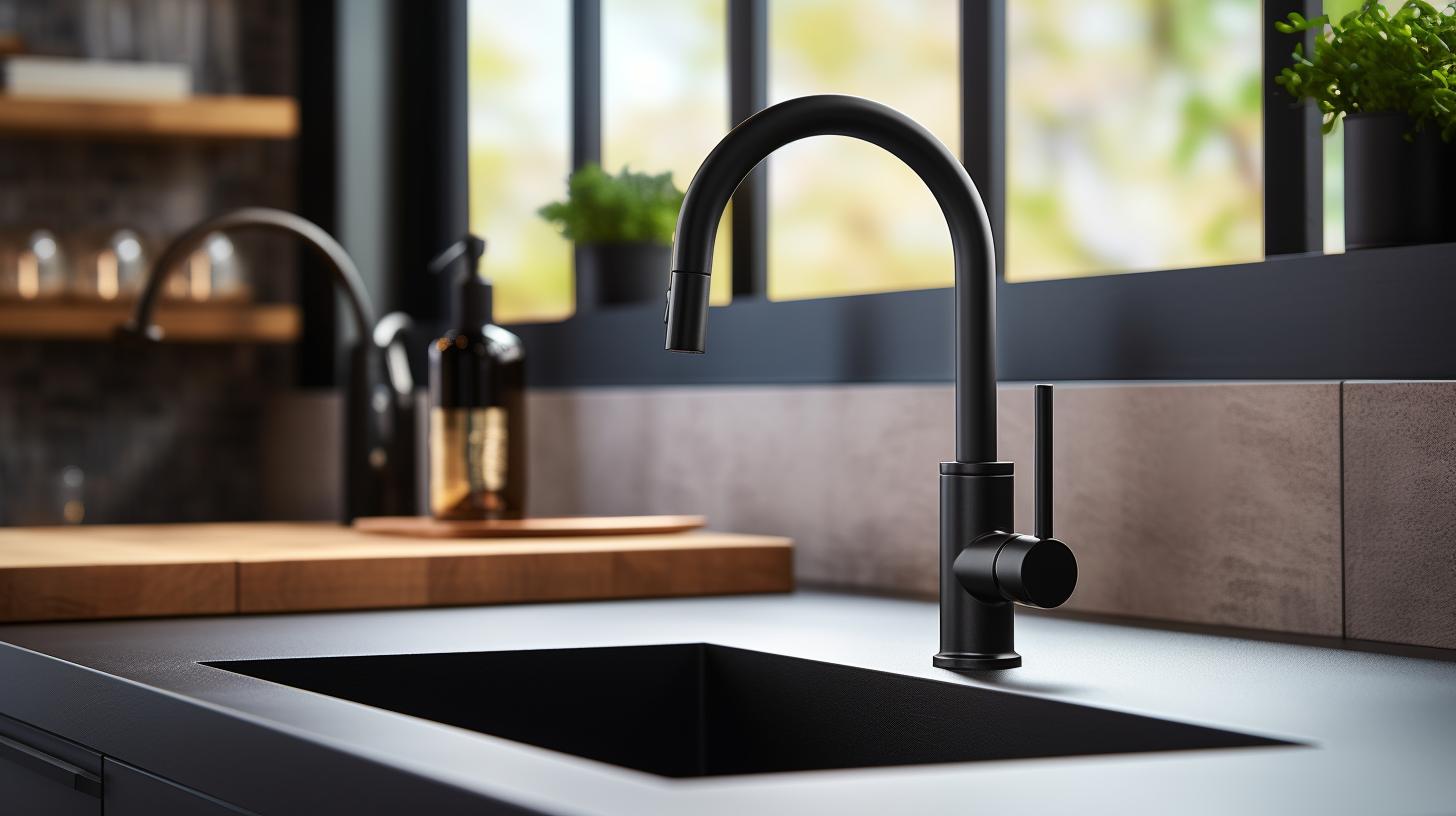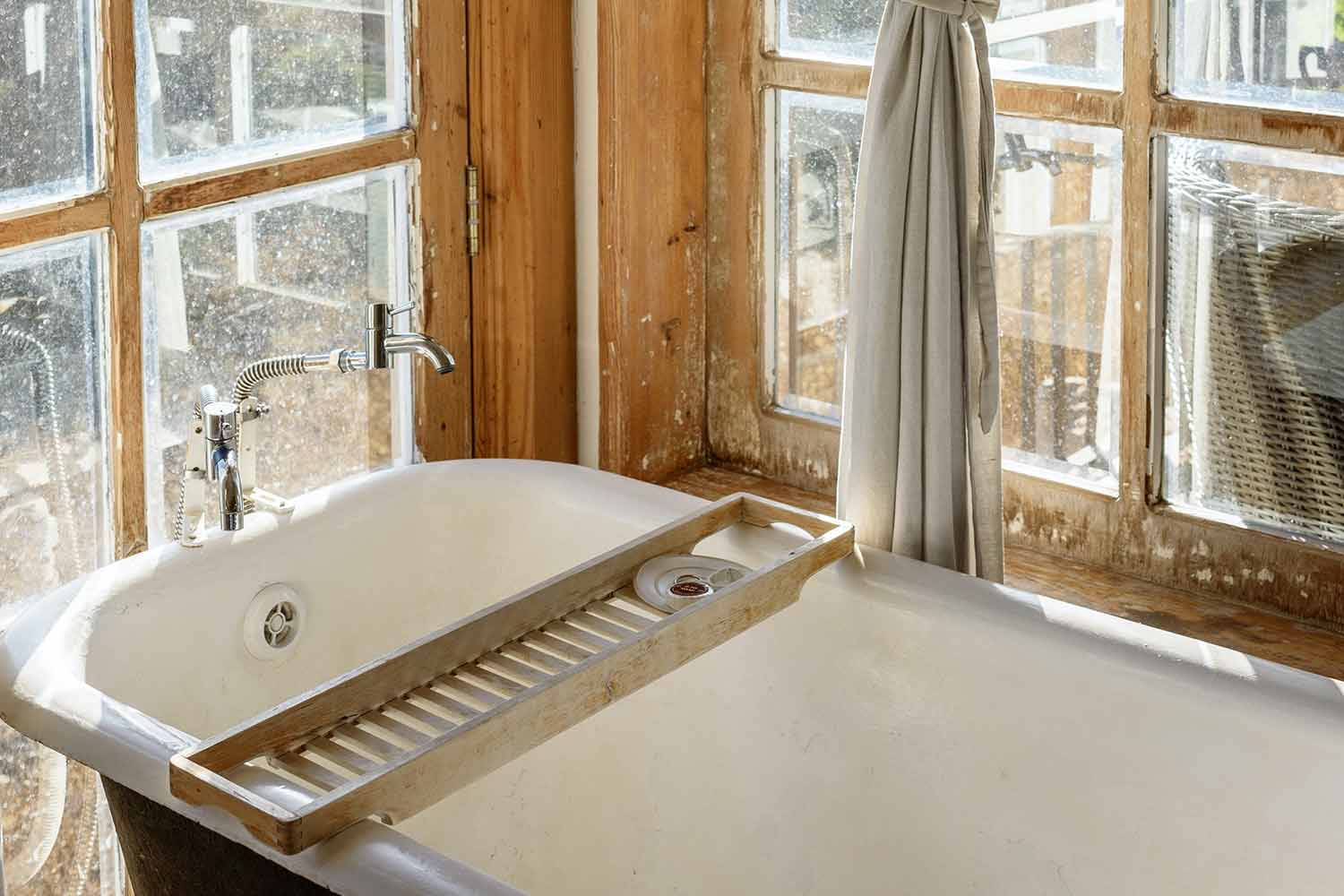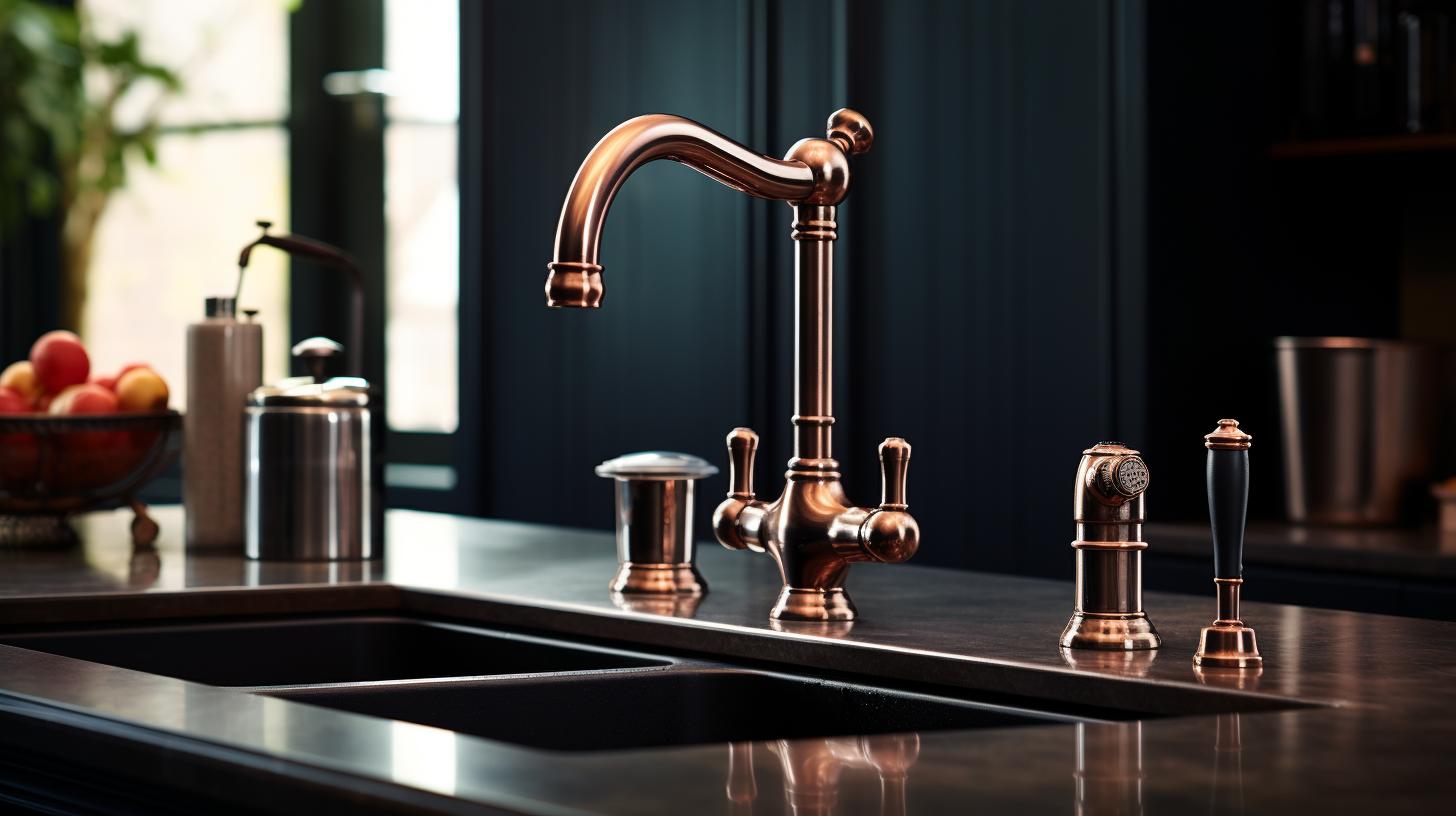The single handle bathroom faucet is a sanctuary of serenity and personal care, and every element within it plays a crucial role in crafting an atmosphere of both functionality and style. Among the key components, the bathroom faucet stands out as an essential fixture that marries form and function. In this comprehensive guide, we delve into the world of single-handle bathroom faucets, exploring their advantages, design versatility, installation, and maintenance tips. By the end of this article, you’ll have a deep appreciation for the single-handle bathroom faucet and how it can transform your bathroom into a space of refined elegance and practicality.
The Allure of Single Handle Bathroom Faucets
Single-handle bathroom faucets have gained immense popularity in recent years due to their sleek and streamlined design. These faucets, often featuring a single lever or knob for both water temperature and flow control, offer several compelling advantages that make them a favored choice among homeowners and interior designers:
1. Elegance and Simplicity: Single-handle faucets exude an understated elegance and minimalism. Their clean lines and simplicity in design contribute to a contemporary and uncluttered look in the bathroom.
2. Space-Saving Design: With only one handle, these faucets require less space on the countertop or sink, making them ideal for smaller bathrooms or vanities where space is at a premium.
3. Convenient Temperature Control: The single handle bathroom faucet or knob allows for easy and precise control of water temperature. This is not only convenient but also helps conserve water by quickly finding the desired temperature without unnecessary adjustments.
4. Versatile Styles: Single-handle faucets come in a wide range of styles, from modern and sleek to traditional and classic. This versatility makes it easy to find a faucet that complements your bathroom’s design theme.
5. Durability and Easy Maintenance: Single-handle faucets are constructed with fewer components than double-handle faucets, reducing the chances of leaks. This simplicity also makes them easier to maintain and repair when necessary.
Choosing the Perfect Single Handle Bathroom Faucet
Selecting the perfect single-handle bathroom faucet involves considering various factors, including style, type, finish, functionality, and installation requirements:
1. Style and Design
The style of your faucet is a key element in creating a harmonious bathroom. The design should complement the overall theme of your bathroom. Here are some common styles to consider:
- Modern and Minimalist: Choose a sleek, contemporary design with clean lines and a minimalist aesthetic for a modern bathroom.
- Traditional and Timeless: Opt for a faucet with classic detailing and a more traditional look to match a vintage or classic bathroom.
- Transitional: Transitional faucets strike a balance between modern and traditional styles, making them versatile for various bathroom designs.
- High-Arc vs. Low-Arc: Consider whether you want a high-arc faucet, which provides more space underneath for washing hands or filling tall containers, or a low-arc faucet for a more compact and streamlined appearance.
2. Type of Faucet
There are several types of single-handle bathroom faucets to choose from, depending on your preferences and space constraints:
- Single-Hole Faucet: These faucets are compact and fit into a single hole on the sink or countertop. They provide a clean and uncluttered appearance, making them ideal for smaller bathrooms.
- Centerset Faucet: Centerset faucets feature a single handle and typically require three holes for installation. The handle and spout are designed to be close together, creating a cohesive appearance.
- Widespread Faucet: Widespread single handle bathroom faucets have a single lever for temperature control but come with separate hot and cold handles and a spout. They require three holes and offer a more traditional look.
3. Finish and Material
The finish of your single-handle faucet can greatly impact its appearance and durability. Common finishes include polished chrome, brushed nickel, oil-rubbed bronze, and brushed gold. Choose a finish that complements your bathroom’s color palette and overall design.
4. Functionality
Consider the functionality you need from your single-handle bathroom faucet:
- Water Flow: Some faucets come with aeration features that mix air with water to create a more substantial and efficient stream. Others may offer a gentle waterfall flow, which can be soothing and visually appealing.
- Drain Assembly: Check whether the faucet comes with a pop-up drain assembly, which adds convenience to your bathroom sink.
5. Installation Requirements
Before purchasing your single-handle bathroom faucet, ensure it is compatible with your existing sink or countertop. Take note of the number of holes required for installation, as this will determine the type of faucet you can use. Single-handle faucets typically require either one hole for installation in the sink or countertop or three holes when a deck plate is included.
Installation Tips
If you have some DIY experience, you can install a single-handle bathroom faucet yourself. Here are some tips to guide you through the process:
1. Gather Your Tools and Materials
Before starting, make sure you have all the necessary tools and materials. You’ll typically need a wrench, pliers, plumber’s tape, a bucket, and a towel. Ensure you’ve turned off the water supply to the bathroom before proceeding.
2. Remove the Old Faucet
If you’re replacing an old faucet, start by removing it. Disconnect the water supply lines, unscrew the nuts holding the faucet in place, and lift the old faucet out. Clean the sink or countertop to prepare for the new installation.
3. Install the New Faucet
Follow the manufacturer’s instructions for installing the new single-handle bathroom faucet. Generally, you’ll need to insert the faucet through the mounting hole, secure it with a nut or mounting bracket, and connect the water supply lines.
4. Apply Plumber’s Tape
To prevent leaks, apply plumber’s tape to the threads of the faucet’s connections before attaching the water supply lines.
5. Test for Leaks
After installation, turn the water supply back on and check for any leaks. If you notice leaks, tighten the connections further, ensuring a watertight seal.
Maintenance of Single Handle Bathroom Faucets
To keep your single-handle bathroom faucet looking and performing its best, follow these maintenance tips:
- Regularly clean the faucet with a soft cloth and mild soap to remove water spots and grime.
- Avoid abrasive cleaning agents and harsh chemicals, as they can damage the faucet’s finish.
- Gently wipe the faucet dry after each use to prevent water spots and mineral buildup.
- Check for any loose or damaged parts and make repairs or replacements as needed.
- Apply a high-quality metal polish or protector to maintain the finish’s shine and luster.
- Periodically check for any leaks or drips and address them promptly to prevent water wastage.
Conclusion
Single-handle bathroom faucets are a testament to the marriage of elegant design and practical functionality. Their sleek and minimalist appearance offers an uncluttered and contemporary look while their simplicity in use enhances convenience. By carefully considering your bathroom’s style, faucet design, functionality, and installation requirements, you can select the ideal single-handle bathroom faucet to elevate your space. Whether you’re renovating your bathroom or looking for a simple upgrade, the streamlined elegance of single-handle faucets is sure to make a significant impact. With proper installation and regular maintenance, your single-handle bathroom faucet will continue to provide both aesthetics and practicality, adding a touch of sophistication to your personal oasis of well-being.







